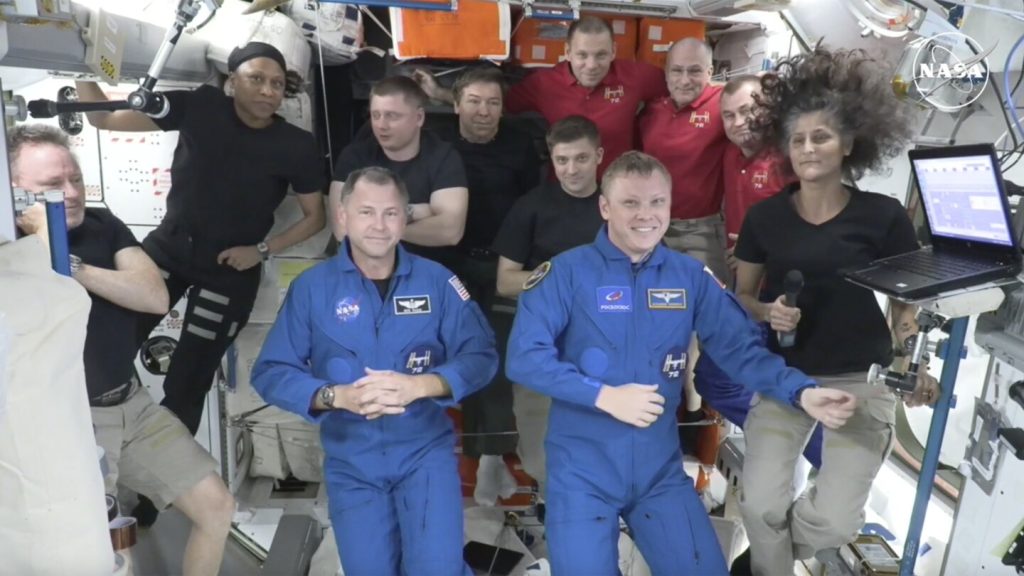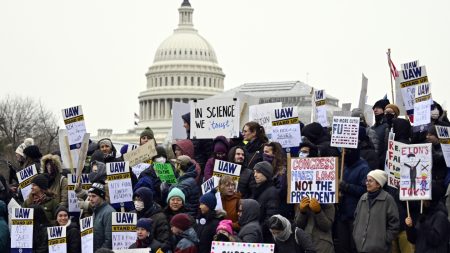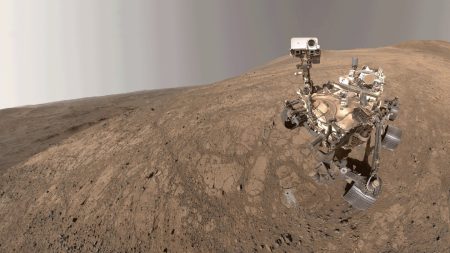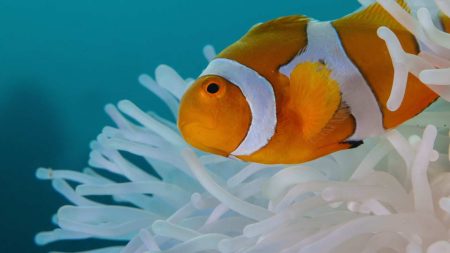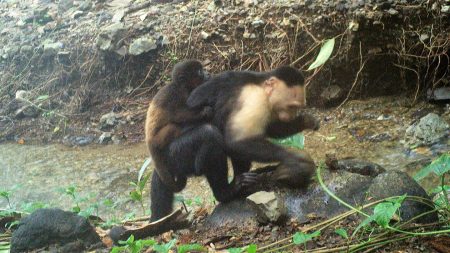The recent arrival of a SpaceX capsule at the International Space Station (ISS) marks a critical development in the ongoing operations of space missions. Astronauts Butch Wilmore and Suni Williams, who have been stranded at the ISS since June, welcomed their new ride home after the successful launch of the SpaceX rescue mission on Saturday. The SpaceX Dragon capsule launched with a reduced crew comprising NASA’s Nick Hague and Alexander Gorbunov of the Russian Space Agency, leaving empty seats designated for Wilmore and Williams, who will return to Earth next year. This flight took place against a backdrop of safety concerns regarding Boeing’s Starliner capsule, which ultimately returned empty after a test flight involving thruster failures and helium leaks.
NASA made the decision to switch Wilmore and Williams to SpaceX’s transportation system due to the unresolved issues regarding the Starliner. The recent test was supposed to be a routine crewed mission, but the unexpected failures led to a halt in flight operations for Boeing’s spacecraft. As a result, the Dragon capsule, carrying Hague and Gorbunov, will remain at the ISS until February, a situation that has extended the mission duration for Wilmore and Williams to more than eight months instead of the planned weeklong trip. The extended stay is a reflection of the complexities involved in crew rotations at the ISS and the challenges of ensuring crew safety in the realm of commercial spaceflight.
Upon the arrival of the new astronauts, Williams expressed joy at the addition of Hague and Gorbunov, highlighting the camaraderie that exists among astronauts in such a unique setting. Hague, who experienced the flight up to the ISS, commented on the emotional and joyful reception he received upon entering the station. This sense of community is crucial in space missions, especially as crew members face the psychological challenges of long-duration spaceflight. The change in crew dynamics comes at a time when NASA emphasizes the importance of timely crew replacements, aiming for every six months to maintain consistent operations and morale onboard.
Since 2020, SpaceX has been responsible for transporting astronauts to and from the ISS, marking a significant shift in how space missions are conducted post-space shuttle retirement. Although NASA also contracted Boeing for ferry services, software issues and other operational challenges have plagued the Starliner program, resulting in costly delays exceeding $1 billion. As inspections commence on Starliner at NASA’s Kennedy Space Center, the agency has indicated that it will not abandon its partnership with Boeing, as highlighted by Jim Free, NASA’s associate administrator. Instead, NASA is committed to conducting thorough post-flight reviews to address the concerning issues and facilitate future crewed missions.
As the new astronauts prepare for their mission stint, the return of the four astronauts who have been at the ISS since March is imminent, with a SpaceX capsule scheduled for their return in just over a week. This return will restore the crew size to the standard complement of seven aboard the station. The prolonged stay of the current crew is an aspect influenced by the complications surrounding the Starliner and demonstrates the ripple effects of such challenges on spaceflight operations. Notably, despite the successful launch of the SpaceX capsule, the upper stage of the Falcon rocket veered outside its intended impact zone in the Pacific due to an engine anomaly, leading SpaceX to pause all Falcon launches until an investigation clarifies the situation.
As the landscape of crewed missions evolves, NASA and its partners face significant challenges while navigating the intricacies of commercial space exploration. The ongoing cooperation between NASA and SpaceX serves as a critical component of this new era, showcasing the potential benefits and risks inherent in privatized space transportation. With multiple entities now involved in crew transport, the emphasis on safety, reliability, and the establishment of routine missions continue to be paramount. As they await the future of their missions, both crew members and ground support teams must remain adaptable while reinforcing the shared goal of advancing human spaceflight capabilities in an ever-changing environment.




